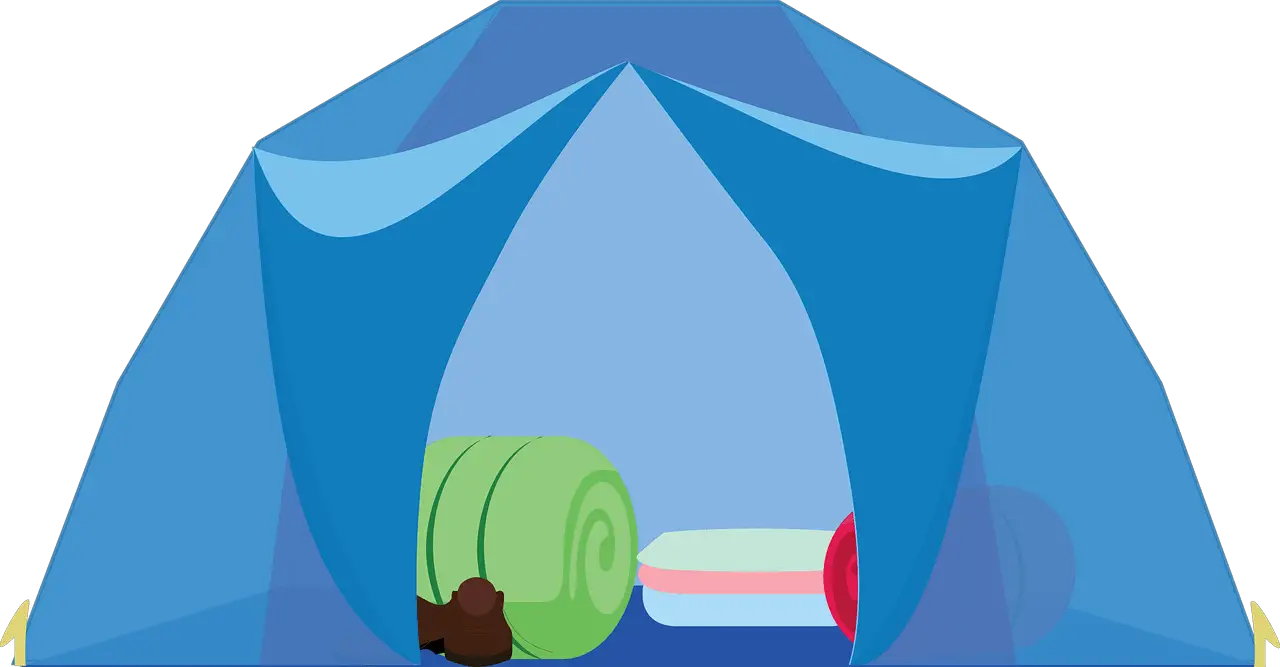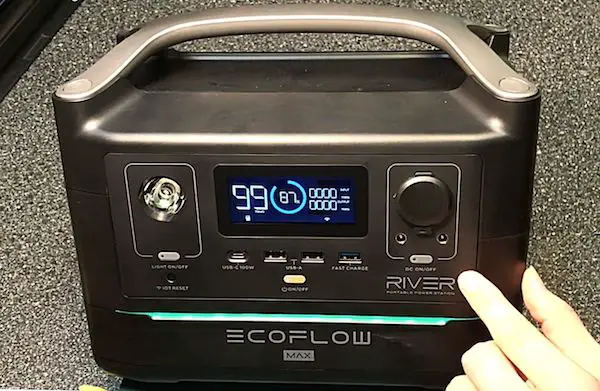Nothing beats the excitement of a camp night out. You get to relax your mind from busy everyday life…
You get to enjoy beautiful sceneries and create fun memories. But wait. What if it starts raining heavily during the night or it gets too windy? What if you get sick? How will you cook when you get hungry?
Well, camping can be quite a daunting project, and you need to know how to pack correctly.
If you have never tried out camping before, not to worry, here’s an ultimate beginners guide that will help you make your project a success:
The Tent

First, you are going to need somewhere to sleep when you are out in the wild. You can borrow a tent which helps with expenses or buy a new one altogether.
A tent will protect you from harsh outside conditions and make you feel more comfortable. They are available in a wide array of prices and sizes; from 6 person tents, 3 person tents, to ultra-portable models.
There are even tents specially designed to handle snowdrifts. The cost of the tent increases as the size increases. Ultra-portable models are ideal for backpacking while the more massive tents which incorporate luxury features can easily be set up next to a car.
The camping tent should be easy to assemble and disassemble as well. Nowadays, most tents come as freestanding models and do not require staking. However, when it’s windy and stormy, you may have to fix the ropes and stakes to make the tent stronger.
A basic camping tent construction is made of a light fabric including windows, flexible poles that are very light, and a waterproof rain fly.

You can partially or fully open the rain fly so you can thoroughly enjoy the outdoor breeze and scenery. Also, check to see if there’s a footprint at the bottom of the tent handy for blocking out water.
You should set up the tent in your backyard before your trip so you can determine how comfortable it is and learn how to set it up. Before you pick a campsite, ensure that it’s flat so that rainwater does not collect inside your tent.
Also, remove all stones and obstructions in the campground before you set up; no one wants to be plagued on an excellent camp night out with a lumpy, prickly bed because you’re lying on huge rocks.
Sleeping Bags & Sleep Pads

You don’t want your night to be ruined by too much heat or cold. You can get either a sleeping bag or a sleeping pad for sleeping.
When buying a sleeping bag, be sure to check its temperature rating. This way, you will know you’re getting the sleeping bag best suited for your camping site. It’s recommended that you start out camping in warmer climates.
You can also opt for a great sleeping pad. A sleeping pad is equally as comfortable as your mattress back at home.
Sleeping pads are also available in a wide array. You can find models that are powered using batteries or ones that you have to pump using your foot to inflate them. They incorporate advanced insulation technology to make sure your body doesn’t lose heat as you sleep.
Thicker more extended options have higher insulation features making them cozier and warmer. Don’t forget to carry pillows for neck support as you relax on the ground.
You may also consider bringing a blanket for sitting on the ground. Carry something to cover yourself if you plan to sit outside your tent for longer hours.
Camp Kitchen

You can buy a camping stove to help you prepare food much faster. Camp stoves use propane to operate and have a simple design that’s easy to operate.
You can choose from multi-burner models that allow you to prep different meals at the same time. You can prepare anything from sausages, bacon and even meat.
It would also be great to prepare the food before you hit the road to make cooking easier for you. You may slice vegetables, season your meats and cut into slices then store in the cooler.
Remember to pack salt, fry oil, ultra-pasteurized milk, pancake mix, pepper, canned foods, and pasta, too. If you are unable to cook a fresh meal, you can eat prepackaged camp dinners or instant oatmeal that you only need to add boiling water. Always carry snacks such as cookies and chips to supplement your meals.
Keep yourself safe by disposing of leftover meals properly. Food attracts animals such as raccoons which sometimes wake you up and scare you with their noise.
Pack only functional utensils for your camping kitchen; A pot, pan, kitchen knives, aluminum foil, cutlery, cups, chopping boards, plates, and bowls are all you need.
Find a camping ground that has running water which you can use to wash the utensils and reuse them. Always remember to bring biodegradable, so you do not damage the environment.
Another essential element that you can bring with you is a cooler that has lots of ice. Freeze as much food as you can so it stays fresh throughout your trip. You can also store beverages in the cooler in case you need quick refreshment.
Clothes and Personal Hygiene Gear

You can pack the usual jeans, t-shirts, shirts, and sweatshirts for your trip. Add enough underwear and socks. You also have to pack boots and shoes as per the kind of trip you are taking.
If you plan to go for longer treks, you may need to pack more dedicated shoes. These include approach shoes, trail runners, and heavy-duty boots.
They offer more support, stability as well as padding, so it’s easier for you to manage walking on rough cross terrains. If you are primarily hanging around the campsite, then sneakers are a great option.
Carry a swimsuit in case your campsite has somewhere you can take a quick dip. Hats are also suitable for protecting you from scorching heat.
Also, do carry gloves to keep your hands warm when it gets too cold. Other essentials include sunscreen, insect repellent, and a first aid kit.
Most camping sites have emergency and fire services handy for responding to severe injuries and illnesses that you may otherwise not be able to handle yourself.
Camping Lighting, Paper maps, and Furniture

Campsites are usually very dark at night. A flashlight may be ideal, but a headlamp is better since it leaves your hands free, giving you enough time to engage in your camping activities.
A lantern is great as it offers ambient lighting. It can also be fun to set up campfires, but you will have to do this in line with the rules and regulations of the campsite.
A small chair that you can fold or a foldable table is also worth carrying for increased comfort. You can buy a hammock for more relaxing afternoons at the campsite. Last but not least, it would be great to bring a paper map in case you are going to camp at a highly remote place.
You can get paper maps of your campsite from a ranger station that’s near you. Better yet, you can simply print them online. Learn how to read the paper map before you head out on your next adventure.
Solar Powered Generator

Although this isn’t a necessity, solar powered generators off a power source for multiple applications. Say your phone is taking up a lot of battery or is on low battery. How will you charge it up in the wild?
This also goes for drone charging and camera battery charging for adventure filmers or photographers.
This also applies to any lights or other electrical equipment that you will be using on your trip.
The purpose of camping is obviously to enjoy the outdoors as much as possible, but it is definitely a good idea to have a solar generator like the Goal Zero Yeti 1400 Lithium on deck because there are many applications where this may come in handy while out in the wild.
